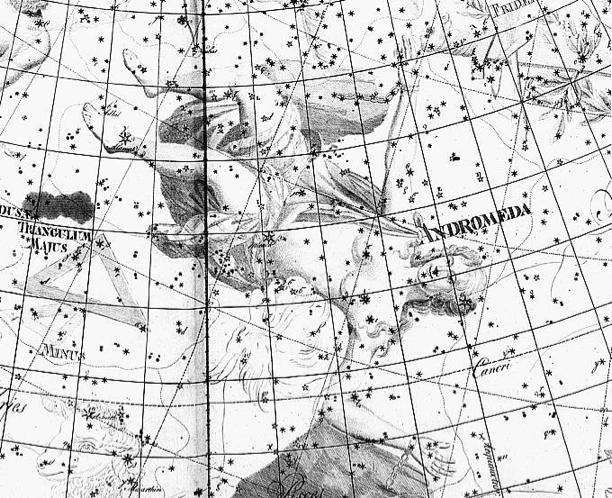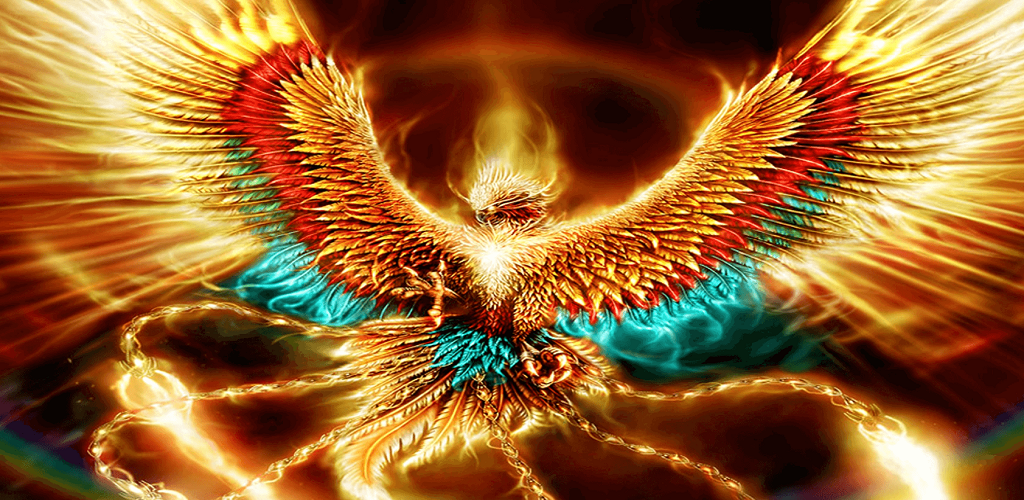
Andromeda

Perhaps the most enduring of all Greek myths is the story of Perseus and Andromeda, the original version of George and the dragon. Its heroine is beautiful Andromeda (Ἀνδρομέδα in Greek), the daughter of the weak King Cepheus of Ethiopia and the vain Queen Cassiopeia, whose boastfulness knew no bounds.
Andromeda’s misfortunes began one day when her mother claimed that she was more beautiful even than the Nereids, a particularly alluring group of sea nymphs. The affronted Nereids decided that Cassiopeia’s vanity had finally gone too far and they asked Poseidon, the sea god, to teach her a lesson.
In retribution, Poseidon sent a terrible monster (some say also a flood) to ravage the coast of King Cepheus’s territory. Dismayed at the destruction, and with his subjects clamouring for action, the beleaguered Cepheus appealed to the Oracle of Ammon for a solution. He was told that he must sacrifice his virgin daughter to appease the monster.
Hence the blameless Andromeda came to be chained to a rock to atone for the sins of her mother, who watched from the shore with bitter remorse. The site of this event is said to have been on the Mediterranean coast at Joppa (Jaffa), the modern Tel-Aviv. As Andromeda stood on the wave-lashed cliffs, pale with terror and weeping pitifully at her impending fate, the hero Perseus happened by, fresh from his exploit of beheading Medusa the Gorgon.
His heart was captivated by the sight of the frail beauty in distress below.

The Roman poet Ovid tells us in his book the Metamorphoses that Perseus at first almost mistook her for a marble statue. Only the wind ruffling her hair and the warm tears on her cheeks showed that she was human. Perseus asked her name and why she was chained there.
Shy Andromeda, totally different in character from her vainglorious mother, did not at first reply; even though awaiting a horrible death in the monster’s slavering jaws, she would have hidden her face modestly in her hands, had they not been bound to the rock.
Perseus persisted in his questioning. Eventually, afraid that her silence might be misinterpreted as guilt, she told Perseus her story, but broke off with a scream as she saw the monster breasting through the waves towards her.
Pausing politely to ask the permission of her parents for Andromeda’s hand in marriage, Perseus swooped down, slew the sea-dragon with his diamond sword, released the swooning girl to the enthusiastic applause of the onlookers and claimed her for his bride.
Andromeda later bore Perseus six children including Perses, ancestor of the Persians, and Gorgophonte, father of Tyndareus, king of Sparta.
It is said that the Greek goddess Athene placed Andromeda’s image among the stars, where she lies between Perseus and her mother Cassiopeia. Only the constellation Pisces, the Fishes, separates her from the Sea Monster, Cetus.
Stars in Andromeda – and a spiral galaxy
Star maps picture Andromeda with her hands in chains. Her head is marked by the second-magnitude star Alpha Andromedae, originally shared with neighbouring Pegasus. In fact, in the Almagest Ptolemy listed this star not under Andromeda but Pegasus, where it marked the horse’s navel, although he acknowledged that it was ‘common to the head of Andromeda’.
The star is now assigned exclusively to Andromeda but echoes of its dual identity live on in its two alternative names of Alpheratz and Sirrah which come respectively from the Arabic al-faras, meaning ‘the horse’, and surrat, meaning ‘navel’.
The girl’s waist is marked by the star Beta Andromedae, also called Mirach, a name corrupted from the Arabic al-mi’zar meaning ‘the girdle’ or ‘loin cloth’. Ptolemy described it as ‘the southernmost of the three stars over the girdle’.
Her left foot is marked by Gamma Andromedae, whose name is variously spelled Almach, Almaak, or Alamak, from the Arabic al-’anaq, referring to the desert lynx or caracal which the old Arabs visualized here. Through small telescopes this is a beautiful twin star of contrasting yellow and blue colours. The star described by Ptolemy as lying in Andromeda’s right foot is now just within the modern borders of Perseus, where it is known as Phi Persei.
The most celebrated object in the constellation is the great spiral galaxy M31, positioned on Andromeda’s right hip, where it is visible as an elongated blur to the naked eye on clear nights. M31 is a whirlpool of stars similar to our own Milky Way.
At a distance of around 2.5 million light years, the Andromeda Galaxy is the farthest object visible to the naked eye. Discovery of this object is attributed to the Arabic astronomer al-Sufi, who first mentioned it in his Book of the Fixed Stars (c. AD 964).
[1]
Sources
Our Mobile Application
Check out Our Mobile Application "Ancient Greece Reloaded"


